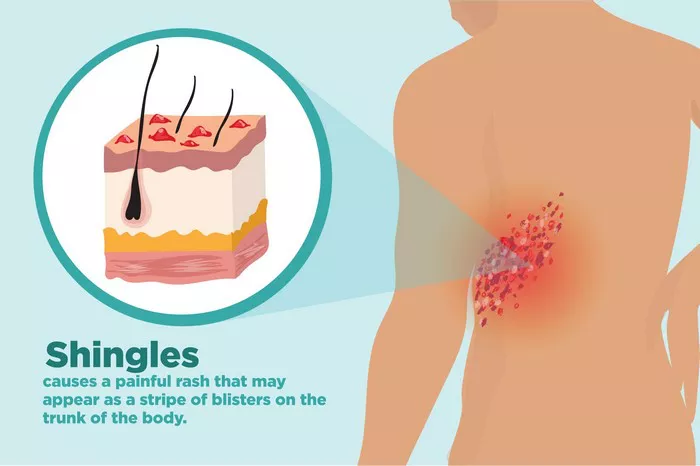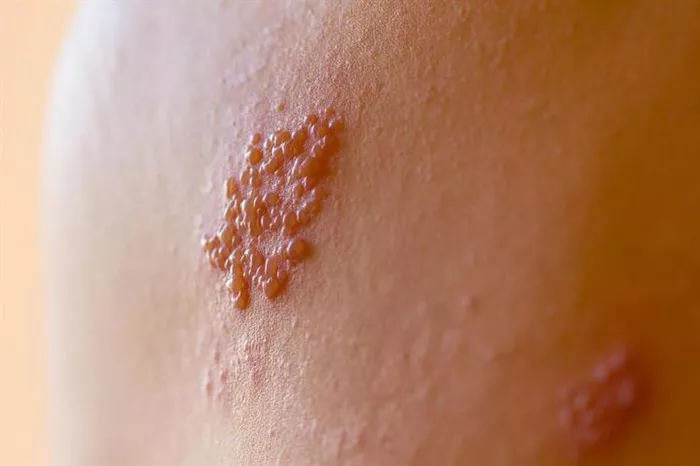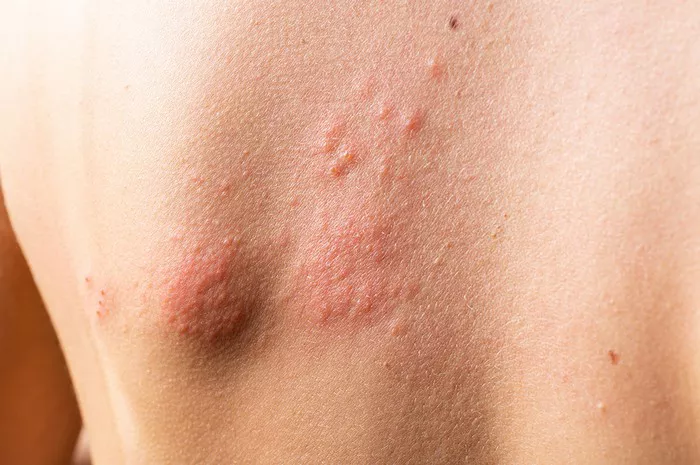Shingles, caused by the varicella-zoster virus, is a viral infection characterized by a painful rash. This condition can be excruciating, often leaving individuals desperate for relief. The pain associated with shingles can persist long after the rash has disappeared, leading many to seek effective methods to alleviate their discomfort. In this article, we explore various strategies for managing shingles pain, focusing on evidence-based approaches that have shown promise in providing relief.
Understanding Shingles Pain
Before delving into treatment options, it’s crucial to understand the nature of shingles pain. The pain experienced during a shingles outbreak is typically described as burning, stabbing, or shooting. It can vary in intensity from mild to severe and may be accompanied by other symptoms such as itching, tingling, and sensitivity to touch. The severity and duration of pain can vary greatly among individuals, making treatment challenging.
Conventional Treatments
1. Antiviral Medications:
The primary treatment for shingles is antiviral medications, such as acyclovir, valacyclovir, and famciclovir. These medications help to reduce the severity and duration of the shingles outbreak by inhibiting the replication of the varicella-zoster virus. While antiviral drugs do not directly target pain, they can help prevent complications and may indirectly alleviate pain by speeding up the healing process.
2. Pain Relievers:
Over-the-counter pain relievers such as acetaminophen (Tylenol) and nonsteroidal anti-inflammatory drugs (NSAIDs) like ibuprofen (Advil, Motrin) can help reduce shingles-related pain and inflammation. For more severe pain, prescription-strength pain medications may be necessary.
3. Topical Treatments:
Topical creams and ointments containing capsaicin, lidocaine, or numbing agents can provide temporary relief from shingles pain by numbing the affected area or interfering with pain signals. These treatments are typically applied directly to the rash and can be effective for mild to moderate pain.
Complementary and Alternative Therapies
In addition to conventional treatments, many individuals turn to complementary and alternative therapies to manage shingles pain. While research on these approaches is limited, some people report finding relief through the following methods:
1. Calming Techniques:
Stress and anxiety can exacerbate shingles pain. Practicing relaxation techniques such as deep breathing, meditation, and yoga may help reduce stress levels and alleviate pain.
2. Acupuncture:
Acupuncture involves the insertion of thin needles into specific points on the body to stimulate energy flow and promote healing. Some studies suggest that acupuncture may be effective in reducing shingles-related pain, although more research is needed to confirm its benefits.
3. Herbal Remedies:
Certain herbs and supplements, such as lysine, lemon balm, and St. John’s wort, are believed to have antiviral or pain-relieving properties. While evidence supporting their efficacy in treating shingles pain is limited, some individuals find them helpful as adjunctive therapy.
4. Physical Therapy:
Physical therapy techniques, including gentle stretching exercises, massage, and transcutaneous electrical nerve stimulation (TENS), may help relieve muscle tension and improve mobility in individuals experiencing shingles-related pain.
Prevention Strategies
While managing shingles pain is essential, preventing the recurrence of shingles is equally important. The best way to prevent shingles is through vaccination. The shingles vaccine, also known as the herpes zoster vaccine, is recommended for adults aged 50 and older, regardless of whether they have had shingles in the past. The vaccine helps reduce the risk of developing shingles and can also lessen the severity of symptoms if an outbreak occurs.
Conclusion
Shingles pain can be debilitating, but with the right treatment approach, relief is possible. Conventional treatments such as antiviral medications and pain relievers are often the first line of defense against shingles pain, while complementary and alternative therapies may offer additional support. By understanding the various treatment options available and working closely with healthcare professionals, individuals affected by shingles can find relief and improve their quality of life. Additionally, vaccination against shingles is crucial for preventing future outbreaks and reducing the risk of long-term complications. With a comprehensive approach to management and prevention, individuals can navigate the maze of shingles pain and find effective solutions for their discomfort.


























